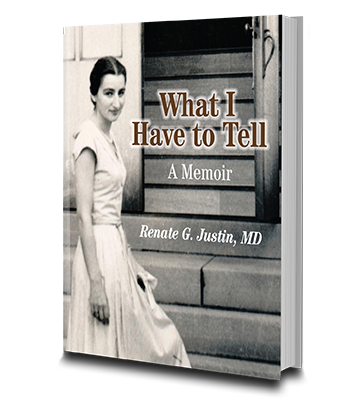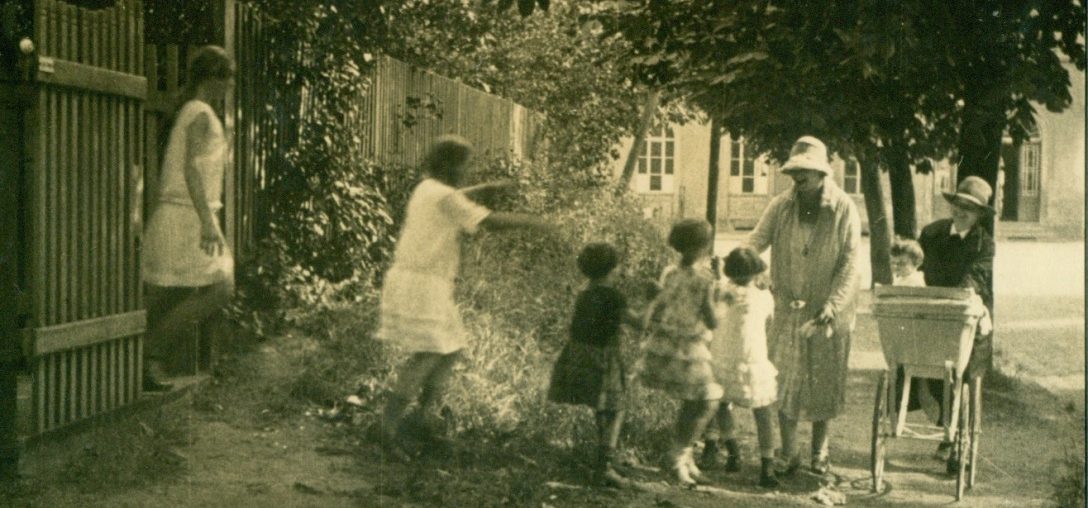“Physicians, please report to the emergency room.” The voice of the overhead pager called with unusual urgency. I arrived at the emergency room at the same time as the ambulance driver who brought in a mother and her three young children who had been involved in a violent car accident. A quick glance at the whimpering, crumpled form on one of the stretchers confirmed that this little guy was dying. His skull had been crushed; there was nothing I could do for him. His younger brother had a profusely bleeding leg with the femur protruding through the flesh. He had a chance; his life might be saved. I started to work on him, giving him my single-minded attention.
In 1957, this hospital in Indiana had no full-time emergency room staff. Two nurses arrived to help. One of them repeatedly called me to the side of the dying child. I was surprised at my own sharp tone of voice when I told her to leave his side and help me control the blood spurting from the injured leg.
I had been taught long ago to concentrate on what took precedence: I had to give priority to the boy I could save, not let myself be distracted by the moaning of his dying sibling. Like the nurse, I wanted to comfort the mother and her son who was taking his last feeble breath, but I had to focus my skill solely on the injuries of the youngster who eventually survived. In the emergency room, I had to wear blinders, which excluded from my vision all but the work that demanded priority.
Other physicians and nurses arrived, and the accident victims were attended to. As I left the emergency room, I thought of Miss Van Beverwijk, my biology teacher. During World War II, she would not allow herself to be distracted from teaching by the conflagration outside the classroom and who, while urging us to oppose violence, died a most violent death.
Miss Van Beverwijk was a hunchbacked woman who was small and had delicate bones. The timbre of her voice echoed in her hollow chest. I can still hear it. I remember her long, slender fingers dissecting executing skilful dissections. She spun a cocoon around her students, and in it, we temporarily forgot our preoccupation with war and persecution and focused on our studies. Her teaching talent brought excitement to the biology class. While Europe burned, we watched silkworms spin. We studied frogs and hiked the woods surrounding our school in Holland. The adventure of our discoveries stimulated our curiosity and filled us with joy and awe.
Long after I left her classroom, I dissected the heart of a cat, and for the first time, I saw an aortic valve. I was struck by its beauty, its
I carried that dedication to precision when I mentored medical students. “What besides the badly infected toe,” I asked the medical student, “do you notice about this lady?”
She had overlooked
When she was in the room with ten- and eleven-year-old nervous, tense, anxious youngsters, her tranquillity and self-possession calmed her students. Her equanimity helped us get to work and to do so joyfully; in her presence, the refugee children temporarily forgot pain and suffering; the ever-present longing for our families was less acute. She used the same skills I own when I succeeded in calming and relaxing a sobbing, apprehensive little boy with a broken, bleeding leg.
When Holland was about to be invaded by Germany, with her zealous attention to her subject and her students, Miss Van Beverwijk made her classroom an oasis for serious study in the midst of chaos. Her philosophy that teaching and learning were of utmost importance, made it possible for her to draw blinds and hide from our view the explosions and fires surrounding us.
When our school was struck by a polio epidemic, our teacher told us of her dream that a vaccine would be discovered for this dreaded disease. She urged us to make her dream a reality, to dedicate our lives not to violence but to the relief of suffering. Right then I decided to become a doctor. She herself became a victim of violence. The Nazis killed her because she was misshapen. The murder of my teacher and the death of the little boy in the car accident are connected. These inexplicable and tragic events make us acknowledge our impotence, our inability to prevent or change the reality of death. We are left to grieve and mourn and question why. Thanks to her dedication, I had the many skills I needed in the emergency room: undivided attention to the task at hand. Agatha Louise Van Beverwijk taught me well.
Excerpted from Renate G. Justin, MD What I Have to Tell: A Memoir, Crystal Publishing: Fort Collins, Colorado. ISBN 978-1-942624-56-1. Available at renategjustinmd.com



Comments are closed.